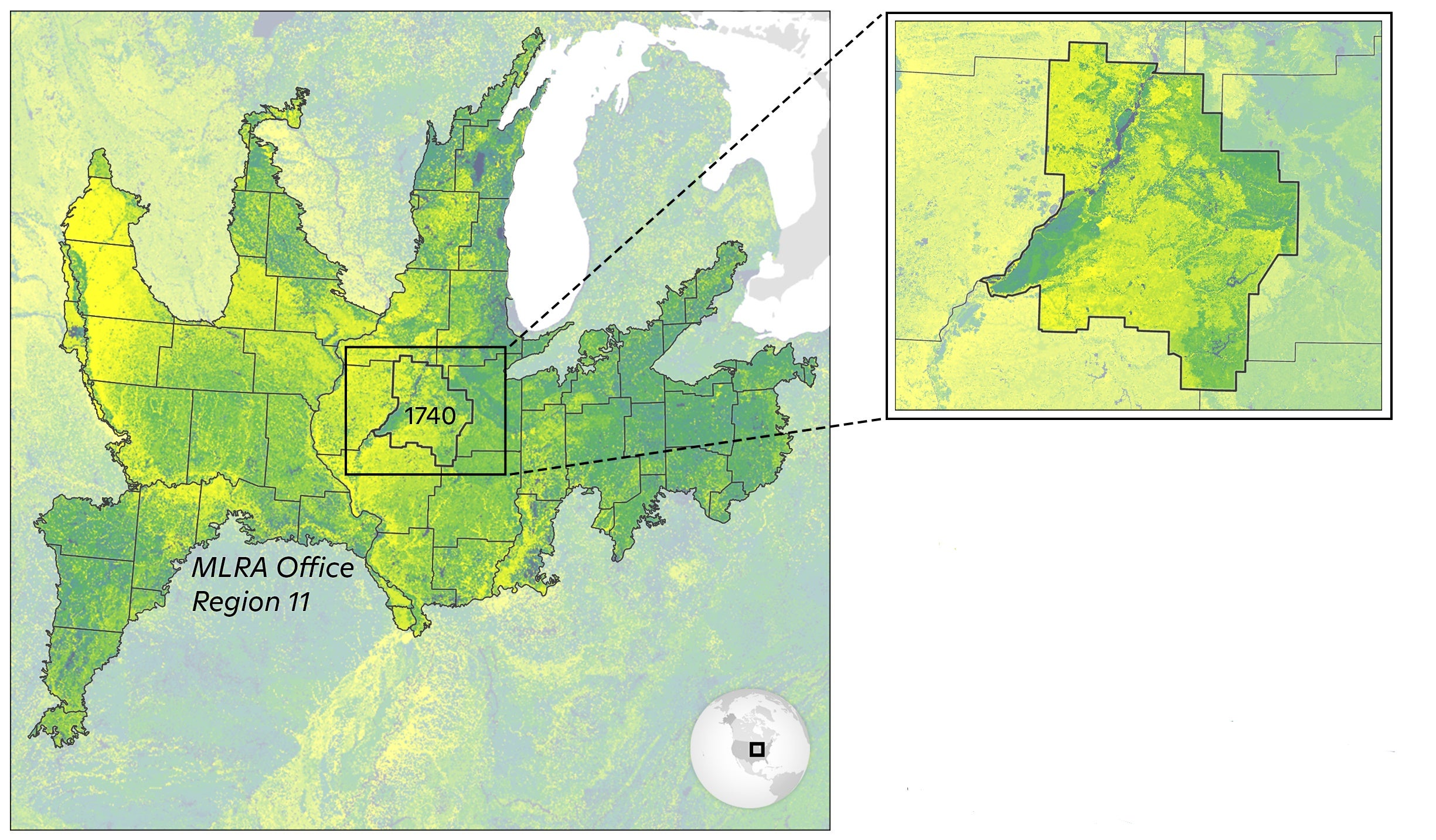How regional accounting can boost the integrity of the voluntary soil carbon market
As enthusiasm for agricultural soil carbon as a climate mitigation strategy grows, carbon registries and private companies are developing carbon crediting protocols to bring soil carbon credits into the voluntary market. Credits need to accurately represent net greenhouse gas reductions and be equivalent to each other.
An analysis by Environmental Defense Fund and Woodwell Climate Research Center found that this isn’t the case across the board, which creates uncertainty and confusion in the marketplace.
In a new paper published in Science, scientists at these organizations recommend a regional framework to boost market integrity and support farmers, governments and the private sector in delivering high-quality credits.
The need for consistent, transparent and robust soil carbon credits
Measurement, reporting and verification protocols set the ground rules for documenting the impacts that agricultural practices have on carbon sequestration and net GHG reductions.
A review of 12 publicly available protocols revealed important differences in the way they estimate soil carbon sequestration and GHG reductions, as well as how they account for issues such as additionality, leakage and permanence.
These differences pose a significant risk of creating credits that aren’t equivalent or comparable. Greater consistency and shared standards for what constitutes a high-quality credit will benefit the climate, investors and farmers who want to tap into new revenue streams.
Regional crediting improves measurement and accounting
Measuring changes in soil carbon is inherently difficult given a high degree of variability in soils over very short distances. As a way of reducing the costs of measurement and verification, many protocols use complex models to estimate changes in soil carbon.
The models can more accurately estimate net GHG changes and overall climate impacts when used at larger regional scales versus at the field or farm level. A regional approach that rests on a network of monitoring sites can deliver high-quality data that enables scientists and model developers to continuously refine and improve the models.
A regional framework can improve climate accounting by providing consistent and standardized approaches to tracking additionality (whether the climate benefit would have occurred regardless of a credit payment), reversals (whether the farming practice that boosted sequestration is stopped), leakage (whether climate positives in one area shift climate pollution to another area), and permanence (whether the climate benefit is durable or can be lost).
For example, keeping track of rates of climate-smart practice adoption across a region can help establish a consistent and transparent baseline for what is truly additional. Looking at changes within and outside of regional boundaries makes it easier to ensure crop yields don’t decrease as a result of soil carbon payments, as this would threaten food security and likely mean that new land needs to be converted into cropland.
Ways to implement this approach
A regionally based crediting framework sets up geographic boundaries to enable standardized and transparent accounting, with sampling and monitoring occurring both within and outside of project areas. This helps ensure that generated credits represent net sequestration above the prevailing business-as-usual approach.
A regional framework could also spur greater rates of climate-smart practice adoption through investment in support programs that could provide education, technical support and financial assistance to farmers. These programs can prioritize smaller farms and historically disadvantaged farmers to make market access more equitable.
Regions could be organized along existing U.S. Department of Agriculture Major Land Resource Areas, which group regions by similar climate and soil types, and could leverage existing data collection that already accounts for yields, agricultural management, land use change and weather.

Implementing a regional approach relies on administration by a public or private entity (e.g., a government agency or nonprofit organization) that would set criteria for what constitutes a high-quality credit within each region. It involves ample coordination and collaboration across multiple sectors and stakeholders, including regional growing operations, supply chains, carbon registries and project developers.
Pursuing these recommendations will help promote integrity in generated soil carbon credits and create a stable long-term foundation for the voluntary market.










